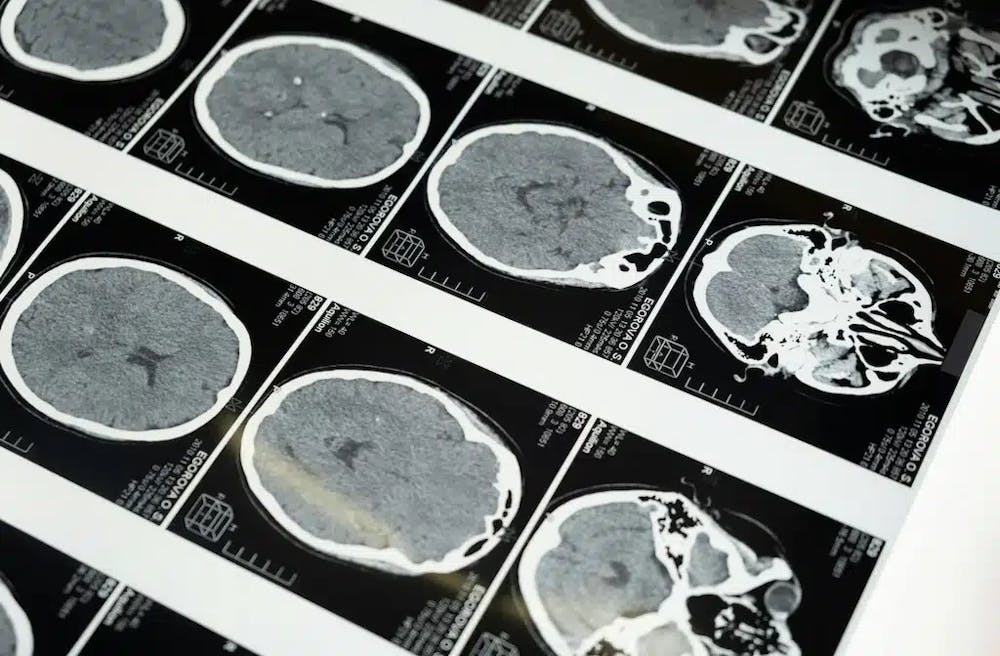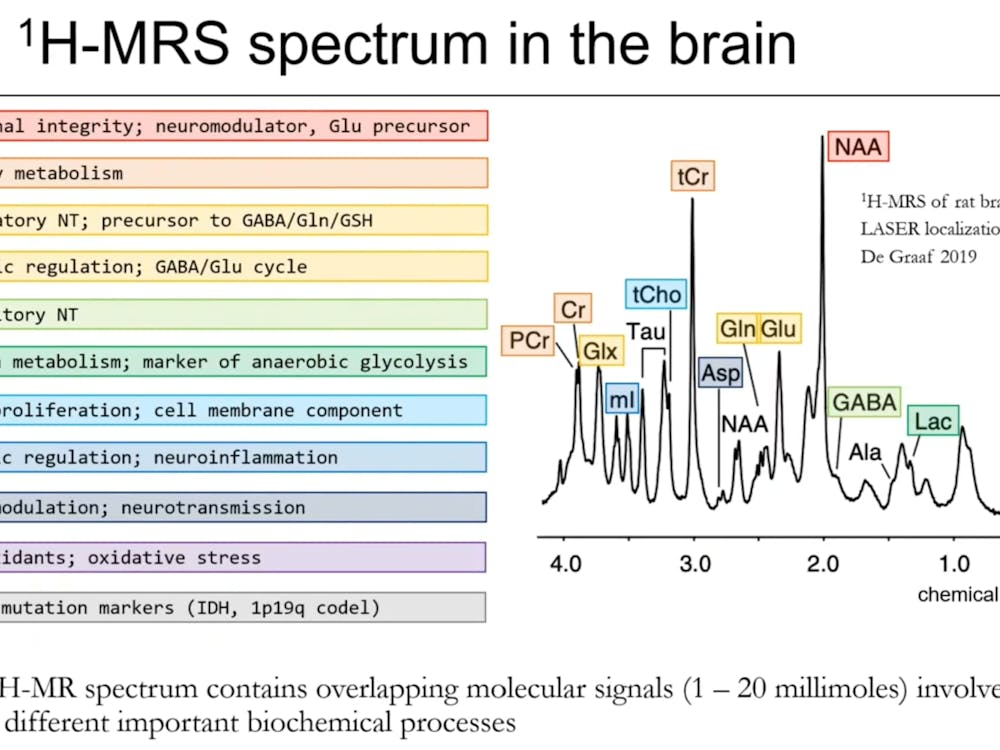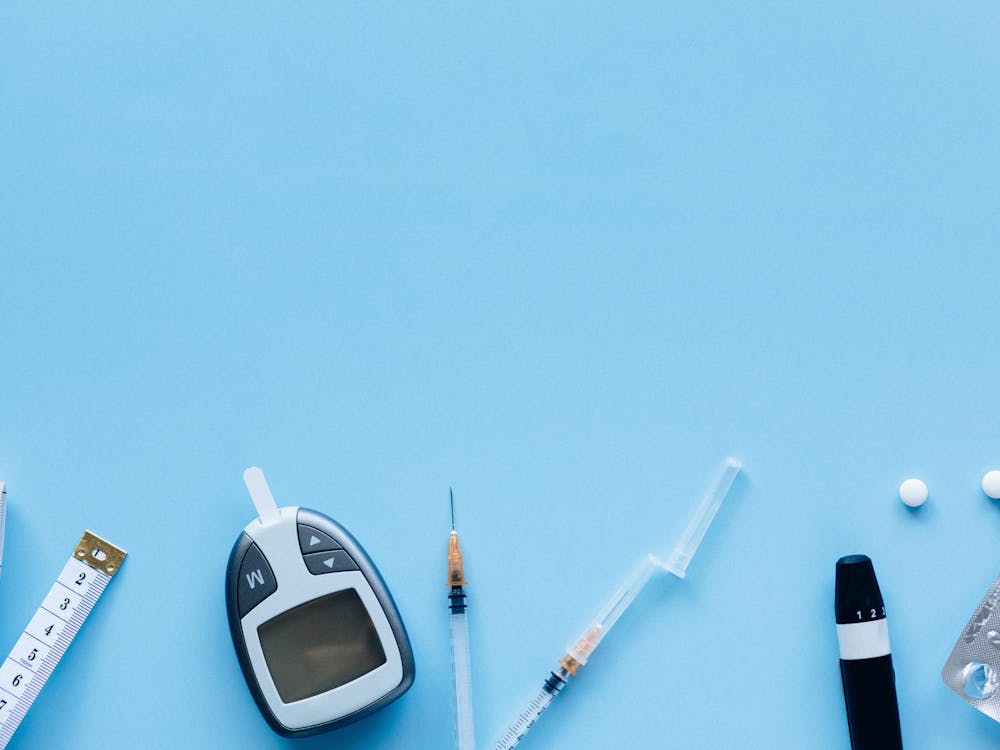
I like the color purple. The number 22, the season of autumn and definitely cats over dogs. Everytime I try to explain what fuels my affections, I don’t have much to say: I am just drawn to them for no good reason that I can pinpoint.
That is exactly what I feel about research. When someone asks me why I love it, all I can say is one thing: I don’t know. I just know.
Before coming to Hopkins, I had never, ever, in my life imagined being a researcher. But my friends started talking about their labs and I was an insecure freshman. That was the main reason I joined my first research lab, which was focused on social psychology. I did not love it.
Coincidentally (yes, this is where the cliche plot twist kicks in), I was taking a course called Abnormal Psychology — now renamed Psychopathology — which I did love. The course opened my eyes to the world of psychological disorders, and I was eager to learn more about it. That brought me to the Center for OCD, Anxiety, and Related Disorders for Children (COACH): a lab that specializes in the assessment and treatment of youth with anxiety, obsessive compulsive disorder, misophonia and other related conditions.
COACH (and many other clinical psychology labs) may look very different from what people usually imagine a research setting to be. If you are looking for suspicious green chemicals in glass containers or scientists wearing white coats and goggles, you might want to check out Spider-Man: No Way Home instead. In reality, our lab looks more like a typical workplace filled with monitors, desks and drawers. Not to mention Lucy (an ancient laptop that existed from who-knows-when), the newer laptop we had attempted to name but failed and five phones that beg me to replace their batteries every time I turn them on. From this ordinary setting blooms extraordinary knowledge.
The first study I was involved in when I joined the lab (which I am now co-leading) aims to develop a computer program that can automatically detect tics in real time through a video-based activity recognition system. If the program is successful, it will be able to assist individuals with Tourette’s and Tic Disorder to gain enhanced awareness of their tics. It may sound counterintuitive that the individuals would gain enhanced awareness of their symptoms; wouldn’t the patients themselves know their symptoms best? That was exactly what naive Aimee thought two years ago. The reality is that, more often than not, the participants I met for the study were not fully aware of their tics.
The study made me realize how shallow our understanding of psychological disorders is. Though it is saddening that the current standard of care is still imperfect, this also means that there is so much more that can be explored. The potential for endless discovery and innovation is something that never fails to excite me.
Of course, there are times when this gap in knowledge makes our tasks challenging. It is not unusual for our weekly team discussion to get stuck on one ambiguous behavior, unable to decide whether it should be classified as a tic or not. When we run into these questions that no one has a concrete answer to, I feel like I am navigating through an inextricable maze. At the same time, the frustration echoes the purpose of our work; the patients are probably running into similar challenges in identifying and understanding their tics, which undermines the effectiveness of therapy exercises. I am reminded of why our work matters and the difference it can make.
At the end of the day, my ultimate goal is to serve the clinical population I care about. Research is the liaison between my aspirations and the reality that provides me with the chance to make a positive impact. I hope that my research can make a viable difference to improve the day-to-day lives of patients, no matter how big or small that may be. Challenges may arise on the way, but I am unafraid to confront them because my determination is more powerful than anything else.
As graduation draws closer, I find myself thinking about the last two years I spent in COACH more than ever. I don’t know what I will be doing ten years from now — I don’t even know what I’m doing in a month — but one thing I know for sure is my strong desire to continue discovering, testing and innovating. Perhaps one day, I may be able to articulate why I like purple, why I favor cats to dogs and why I love clinical research. When that day comes, I hope that my research would have created a visible impact on the people I wish to serve.
Research on the Record spotlights undergraduate students involved in STEM research at Hopkins. The goal of the column is to share reflections on the highs and lows that Hopkins students experience in their contributions to undergraduate research. If you are an undergraduate researcher interested in being profiled, reach out to science@jhunewsletter.com.





